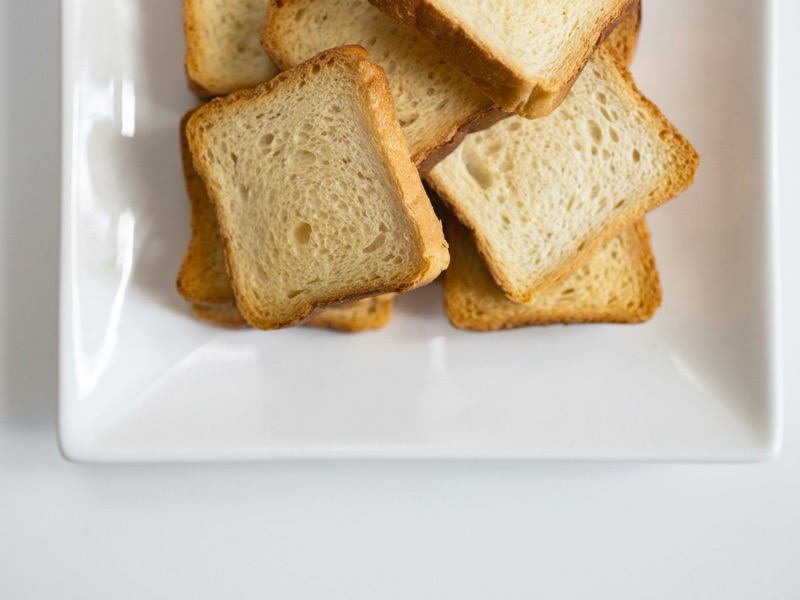It’s a scene we’ve all experienced: you drop a slice of buttered toast, and with dismay, you watch it land butter-side down on the floor. This seemingly trivial moment has inspired countless jokes and superstitions, but it also offers a surprisingly rich opportunity to explore the laws of physics at work in everyday life. Why does toast so often land butter-side down? Is it bad luck, or is physics to blame?
Let’s dig into the science behind the “buttered toast phenomenon”—a perfect case study of rotational motion, center of mass, and the realities of human-scale environments.
The Setup: Dropping the Toast
To understand the problem, consider the typical situation in which toast is dropped. A person accidentally knocks it off a plate, a counter, or their lap—usually from a height of about 0.7 to 1.0 meters (the height of a table or standing hand position). The toast begins its fall with a slight initial rotation, often caused by the way it’s accidentally released or jostled.
Once it starts falling, gravity accelerates it downward, and torque—an angular force—causes it to rotate. From there, physics takes over.

Rotation and Fall Time
The key factor in why toast tends to land butter-side down is the interplay between rotational motion and time of fall. Toast falling from a typical height doesn’t have time to complete a full rotation before it hits the ground. Instead, it rotates about 180 degrees—half a turn—which, if it started butter-side up, results in a butter-side-down landing.
Physicist Robert Matthews of Aston University in the UK explored this in the 1990s and confirmed that the average slice of toast has just enough time during a fall from table height to rotate once halfway around. Matthews’ experiments showed that the center of gravity, size, and angular momentum of the toast all conspire to produce this outcome.
In mathematical terms, angular velocity (ω) determines how fast an object rotates. The time it takes an object to fall from a given height (t) is determined by basic kinematics:
t = √(2h / g)
Where:
- h is the height of the fall
- g is the acceleration due to gravity (approximately 9.81 m/s²)
If the toast rotates slowly (which it typically does due to limited torque during the initial drop), and the fall distance is short (like from a table), it won’t complete a full rotation in time. Hence, it ends up halfway through the turn—facing butter-side down.
Why Butter Makes It Worse
Interestingly, the butter—or whatever topping is on the toast—does influence the outcome, but not because it “weighs down” one side. While the added mass of butter does slightly shift the toast’s center of mass, it usually doesn’t dramatically change the rotation.
However, butter increases the messiness of the result. A dry piece of toast landing upside down is annoying; buttered toast makes a greasy mess. This reinforces our psychological perception of the event being particularly unlucky or frustrating.

Edge Cases: Height and Speed Matter
From higher surfaces, like when dropped while standing up, toast may rotate more than once and have a chance to land butter-side up. If the toast is launched or thrown (rather than just dropped), it may spin faster, altering the outcome. This aligns with the physics of torque and rotational inertia: more force at the point of release means faster angular velocity, increasing the chance of multiple rotations.
The Role of Surface Interactions
Another variable is how the toast interacts with air during its fall. Air resistance plays a minor role due to the toast’s flat, lightweight nature, but the real influence comes when the toast meets the ground. Surfaces like carpet may absorb impact differently than hard flooring, potentially stopping or even slightly altering the rotation at the last moment. But again, these effects are small compared to the primary cause: insufficient time to complete a full rotation.
Murphy’s Law and Misperception
Because the butter-side landing is messier and more annoying, people tend to notice and remember it more. This aligns with a psychological principle called negativity bias—the tendency to focus on negative events more than neutral ones. This contributes to the illusion of Murphy’s Law: “Anything that can go wrong will go wrong.”
In reality, when the fall height, rotation, and center of mass are taken into account, physics—not fate—is dictating the toast’s descent.

Conclusion: Not So Mysterious After All
So the next time your toast hits the floor butter-side down, don’t blame luck or superstition. Blame classical mechanics. The modest height of most tabletops, the natural tendency of toast to rotate slowly, and the unyielding pull of gravity all conspire to flip your breakfast in exactly the way you’d least prefer.
But instead of cursing your bad luck, take a moment to marvel at the predictable beauty of physics hidden in life’s everyday moments. Even something as simple as dropped toast reveals the subtle, precise laws that govern the universe around us.
Comments
Post a Comment